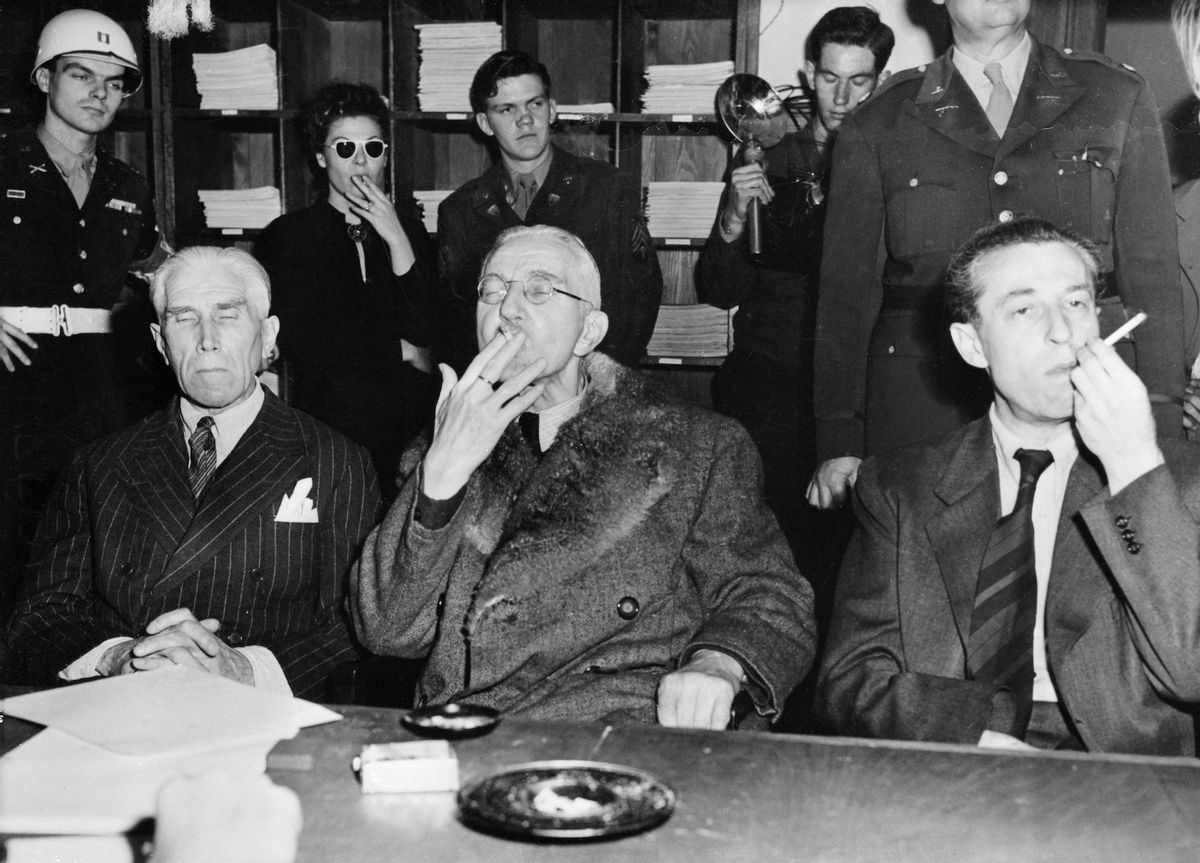- Joined
- Apr 25, 2020
- Messages
- 739
- Reaction score
- 1,681
- Gender
- Undisclosed
- Political Leaning
- Undisclosed

From left: Former Nazi diplomat Franz von Papen, financier Hjalmar Schacht and propaganda chief Hans Fritsche after their acquittal on war crimes charges in Nuremberg, Oct. 4, 1946. (Bettmann/Getty Images)
Throughout the 1920s, most of Germany's wealthy industrialists preferred to support explicitly business-friendly conservative parties, who offered a less overtly destabilizing vision for the nation's future.
At first, most wealthy Nazi supporters were a mixed bag of aimless socialites, heirs and heiresses who wanted to feel special (in this case, racially and culturally special; see Nordic Circle) and those who held antisemitic beliefs or were attracted to Hitler's call for national revanchism and perhaps to Hitler himself.
But as the Weimar Republic's economy collapsed, so did the ruling coalition led by the center-left Social Democratic Party. Popular discontent emboldened both the Nazis and the Communists, and increasingly, industrial and banking leaders came to see Hitler as the weapon they could wield to crush the radical left.
Hitler outlined plans to purge the government of leftists and eliminate trade unions, arguing that the moneyed assemblage's economic interests were best served by assertive militarism and the outright destruction of Germany's parliamentary system. "Private enterprise cannot be maintained in the age of democracy," he declared.

When big business rolled over for fascism — and cashed in
The aspiring dictator promised to crush the left and deliver big profits — so the capitalist class went all-in
Sound familiar?
Fun Facts: The company I. G. Farben went on to become the Bayer Corporation. Most American corporations supported all of it.


